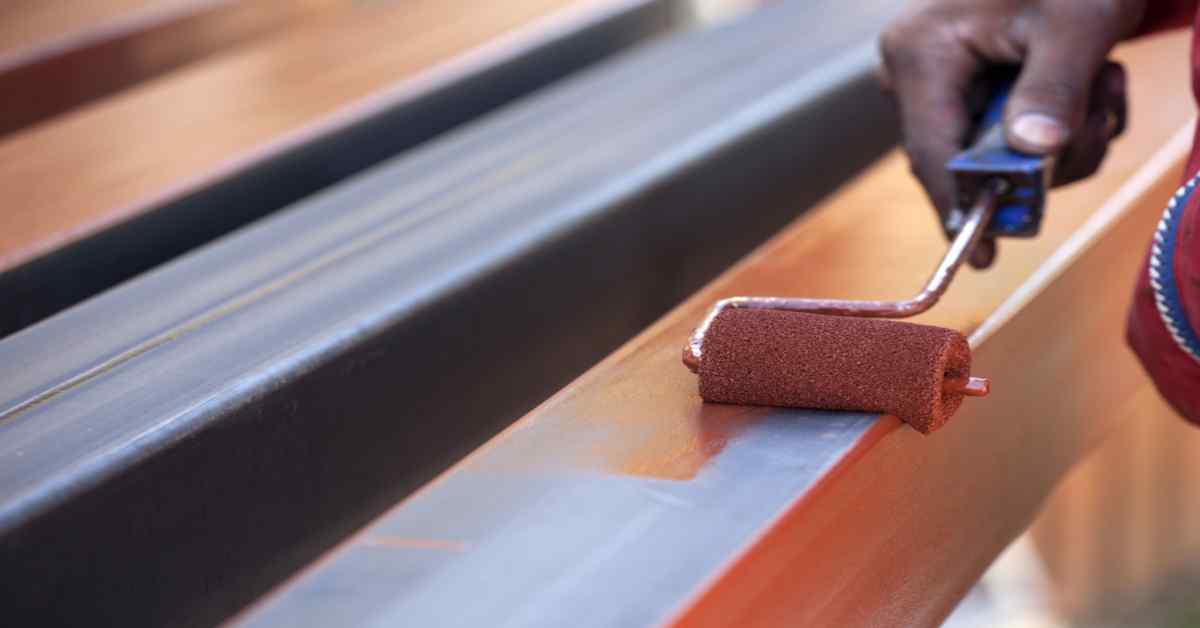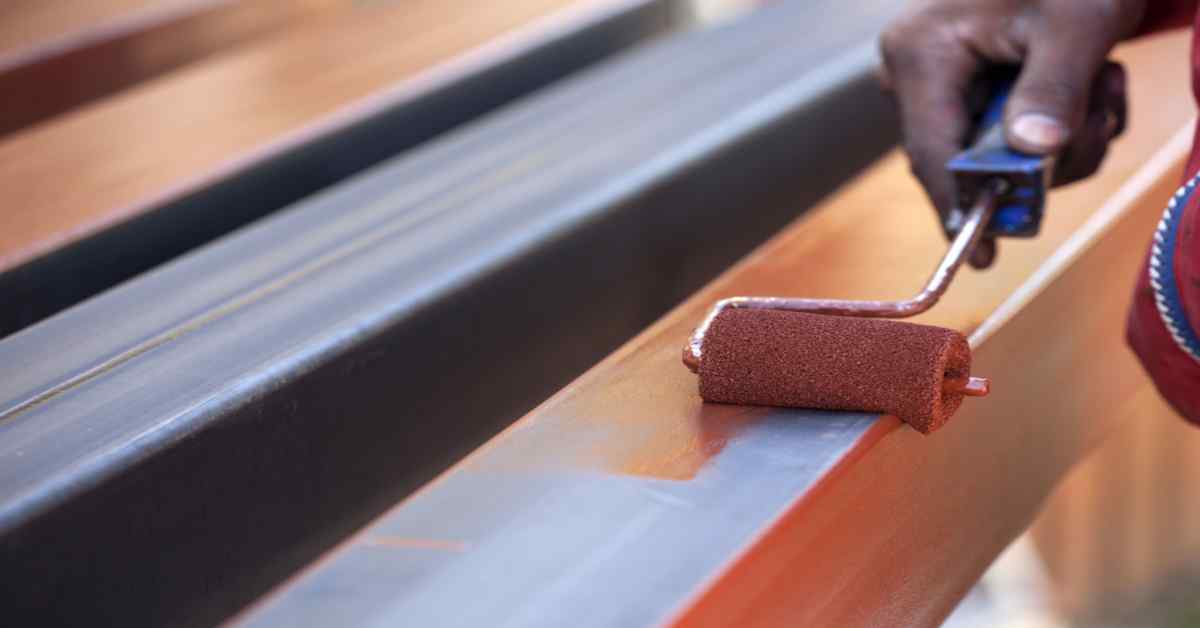Overview of Painting Metal
A Complete Guide to Painting Metal Surfaces:
Painting metal surfaces, like gates and railings, can greatly improve the look and lifespan of your property. Whether you’re taking on a DIY project or hiring professional painting services, it’s important to grasp the basics of metal painting. The process involves several critical steps, from cleaning and preparing the surface to choosing the right type of paint. Each step is vital for achieving a lasting and visually appealing finish. This guide will provide you with essential tips and techniques to help you accomplish high-quality results in your metal painting projects.

Preparing Metal Surfaces
Start with a thorough cleaning using a degreaser or mild detergent to remove any dirt, grease, or grime. Next, assess the surface for any rust or old paint. Use a wire brush, sandpaper, or a chemical rust remover to eliminate rust. A paint scraper or chemical paint stripper can help remove any peeling or chipping paint. Ensuring the surface is clean and smooth is vital for the paint to adhere properly and last longer. Different surfaces require varying degrees of preparation effort. For instance, stainless steel and very porous, textured surfaces, like stucco, present the most significant preparation challenges. Stainless steel wasn’t initially designed to be coated, and the numerous nooks and crannies in textured masonry surfaces make it difficult to remove dirt and grime. As a result, these surfaces require more time and precision for cleaning and preparation.
A Complete Guide to Painting Metal Surfaces: Selecting the Appropriate Paint
Choosing the right paint for your metal project involves understanding the specific needs of the surface you’re working with. There are several types of paints suitable for metal surfaces, including oil-based, water-based, and specialized metal paints. When selecting paint, consider factors such as durability and the desired finish.
Oil-based paints are known for their durability and can provide a smooth, glossy finish, making them ideal for outdoor railings and gates. Water-based paints are easier to clean and offer a range of finishes, but they may not be as durable as oil-based options. Additionally, some paints are specifically designed for metal surfaces, providing rust resistance and superior adhesion. Evaluate your needs and the environmental conditions to make the best choice.
Tools and Supplies Required
To paint metal surfaces effectively, gather essential tools and supplies. You’ll need paintbrushes, rollers, or spray guns, depending on the project’s size. Sandpaper and wire brushes are necessary for surface preparation. Invest in high-quality primer and paint designed for metal surfaces to ensure a smooth finish and lasting results. Protective gear like gloves and masks is essential for safety. Proper tools and materials can make a significant difference in the quality of your project.
A Complete Guide to Painting Metal Surfaces: Detailed Painting Procedure
Applying a primer is a crucial step in the metal painting process. Apply a thin, even layer of primer using a brush, roller, or spray gun, depending on the project’s size. Allow it to dry completely before proceeding with the paint application.
When painting, use even strokes to apply a thin layer of paint. Multiple thin coats are better than one thick coat, as they reduce the risk of drips and ensure a more even finish. Allow each coat to dry thoroughly before applying the next. Patience and precision are key to achieving a flawless result.
Care and Touch-Up Tips
Regular maintenance can significantly prolong the life of painted metal surfaces. Start by cleaning your metal surfaces with a mild detergent and water to prevent dirt and grime buildup. Check your surfaces periodically for any signs of chips, scratches, or rust. Addressing these issues promptly can help maintain the integrity of the paint and prevent further damage. For touch-ups, ensure the affected area is clean and dry before applying a primer and matching paint. Using leftover paint from your initial project can help ensure color consistency. Additionally, avoid using abrasive cleaning tools that can damage the paint. Instead, opt for soft cloths or sponges.
A Complete Guide to Painting Metal Surfaces: Errors to Avoid
Rushing through or neglecting surface preparation can lead to paint issues like peeling and chipping. Proper cleaning and rust removal are essential for ensuring that the paint adheres well. Another error is applying a thick coat of paint all at once, which increases the risk of drips and an uneven finish. Always opt for multiple thin coats, allowing each to dry completely before adding the next.
Using the wrong tools can also impact the quality of your work. For example, using a brush that sheds bristles or a roller not suited for metal surfaces can result in a rough, unattractive texture. Make sure to use high-quality brushes, rollers, or spray guns designed for metal painting. Additionally, failing to protect yourself with appropriate safety gear can lead to exposure to harmful fumes or chemicals. Always wear gloves, masks, and safety glasses when handling paints and primers.
Ignoring environmental conditions can also affect the outcome. Paint in a well-ventilated area and avoid extreme temperatures or high humidity, as these factors can interfere with drying and adhesion. By being mindful of these common pitfalls, you can achieve a professional-looking finish on your metal surfaces.
Summary and Final Remarks
Effective metal painting starts with thorough preparation, ensuring the surface is clean and rust-free. Selecting the right paint and tools tailored to metal surfaces can make a significant difference in the final outcome. Multiple thin coats of paint, applied patiently and precisely, result in a smoother and more durable finish. Regular maintenance, including periodic cleaning and touch-ups, will keep your painted metal surfaces looking fresh and protected. Avoid common mistakes like rushing the preparation, using improper tools, or painting under unfavorable environmental conditions. With careful planning and attention to detail, you can achieve professional-quality results that enhance both the appearance and longevity of your metal gates and railings. Whether you decide to DIY or hire professional painters, following these guidelines will help you accomplish a successful project.





